Portable Power Station vs. Power Bank: How to Choose?
A reliable source of power is not a convenience but a necessity. If you are out there camping in the wilderness or trying to work remotely, or if it is a power outage, staying connected and keeping your devices powered on becomes indispensable. There are two common solutions: portable power station vs. power bank. Although both store energy and release it to provide power, they are used in different scenarios and situations.
In this article, we will discuss the advantages of each option, how they differ, and which one is more suitable for your situation. In addition, we will provide expert tips and suggest the best models of the portable power station.
What Is a Portable Power Station?
Portable power stations are high-capacity rechargeable battery systems that can be used not only to power small electronics but also larger devices and appliances. It includes an inverter that is capable of providing AC power, the same kind that comes out of your home outlets.
Most portable power stations have:
-
AC connections for gadgets and equipment.
-
DC car outlets for 12V equipment.
-
USB-A and USB-C ports for phones and tablets.
Wall, car, and solar charger ports for multiple charging options.
Some of the latest portable power stations use LiFePO4 batteries, which provide a significantly safer and stable power solution. Most have UPS ability, and this allows them to go from wall power to battery backup in mere milliseconds when the power fails.
Portable power stations have a large capacity and high output, which can run the following devices: small fridges, CPAP machines, Wi-Fi routers, laptops, lights, or even some power tools. Ideal for camping, RV living, outdoor events, and even backup home power.
What Is a Power Bank?
A power bank serves a different but complementary role as a portable charger for phones and tablets. These power banks are smaller and more lightweight. Some can even charge small laptops.
A standard power bank has the following features:
-
USB-A and/or USB-C output ports.
-
A capacity measured in milliamp-hours (mAh), generally 5,000 mAh to up to 30,000 mAh.
-
Sits in a pocket or a little bag.
-
A single predominant charging method (e.g., USB-C or microUSB).
Normally, Power banks are capable of charging on the go, at work, or while traveling. They are cheap, portable, and fast to charge. But they don't power appliances and aren't AC outlets.
Differences Between a Portable Power Station and a Power Bank
Here are the most commonly categorized differences:
|
Feature |
Portable Power Station |
Power Bank |
|
Capacity |
Measured in watt-hours (Wh), usually 200–4000+ Wh |
Measured in milliamp-hours (mAh), usually 5,000–30,000 mAh |
|
Output Power |
High (hundreds to thousands of watts), can run appliances |
Low (usually under 100W), only for small electronics |
|
Ports |
AC outlets, DC ports, and multiple USB ports |
USB ports only |
|
Charging Methods |
AC wall outlet, car, solar panels, or AC + solar |
USB charging only |
|
Size & Weight |
Larger and heavier (5–40+ kg) |
Small and lightweight (200–500 g) |
|
Use Cases |
Camping, RV, blackout backup, tools, outdoor work |
Daily phone/tablet charging, travel |
|
Price |
Higher cost |
Lower cost |
|
Battery Life |
Thousands of cycles (LiFePO4 models) |
Fewer cycles on average |
Power stations can manage and run any devices that require to be plugged in using standard wall chargers. Power banks, however, can’t.
How Should I Choose Between Them?
A power bank is the most suitable in case you need only to charge phones and tablets during the day, or for a trip.
Powering your laptops, charging camera batteries, or drones, and using lights during work outdoors or any weekend journeys, then buying a small to mid-sized portable power station would be a great investment.
For RV or camping trips, or living off the grid, buy a power station that can be charged by solar power, as they won’t have access to wall outlets.
For high-wattage appliances, ensure the power station’s output rating matches your equipment.
If you are confused, make a list of the devices that need charging, check their wattage rating, and if the total is low and they charge through USB, a power bank is ideal. However, if the total is high or uses AC-powered devices, then a power station is needed.
If you use medical devices such as a CPAP machine, need to keep Wi-Fi and essential devices running during blackouts, or want to preserve power during the day, use portable power stations that can last through the night and are designed to keep essential devices powered.
What to Look for in Portable Power Stations
While purchasing a power station, be sure to check:
-
Capacity (Wh): Indicates how long it can run your devices.
-
Output (W): The Number must meet the requirements of your largest device.
-
Battery Type: Preferably a LiFePO4 for safety and long lifespan.
-
Charging Speed: Useful for emergencies and travel.
-
Solar Compatibility: Ideal for outdoor and off-grid use.
-
Number and Type of Ports: More ports provide increased flexibility.
-
Extra Features: Includes UPS mode, app control, and expansion batteries.
-
Warranty: A sign of quality and confidence from the brand is a long warranty.
Here are the three outstanding models from AFERIY:
AFERIY P210 Portable Power Station 2400W
This model can manage devices and appliances with a capacity of 2400W and a 2048Wh power source. The portable power station incorporates a 2400W pure sine wave AC inverter and can power tools and multiple devices simultaneously. It has 4,000+ cycle LiFePO4 cells, 16 outputs, and offers control via an app. Charging via AC, car, solar (up to 500W), or a combination of AC and solar allows it to reach full charge in under 2 hours. Power is uninterrupted during outages with the backup UPS functionality.
AFERIY P310 Portable Power Station 3600W
With 3840Wh of power and 3600W pure sine wave output, the AFERIY P310 leads in powering 99% of appliances with high wattage. The charger has a 1500W maximum fast AC charging enabled, and 2000W solar input, allowing it to support app Bluetooth control. The unit is powered with a LiFePO4 battery, which can last 10 years with over 4000 cycles. This AFERIY unit also features a UPS function, wheels, a retractable handle, and a 7-year warranty, which makes it great as a backup power source for the home.
Aferiy P110-D Portable Power Station 1200W
A compact yet powerful option to consider is Aferiy P10-D. Its 960Wh capacity and 1200W AC output are complemented by a LiFePO4 battery that supports over 3,500 cycles to 85% capacity. With the ability to fast recharge within 1.5 hours (AC + solar), 14 outputs including a 100W USB-C, and a UPS mode with ~10 ms switchover, it is powerful for short trips, CPAP use, and home essentials during short outages.

Conclusion
The power station is useful for larger equipment and longer use, while the power bank can recharge small devices only. Among so many options available, the Aferiy portable power stations are worth purchasing because of their good quality, long-lasting batteries, and fast charging speed that ensures you have power whenever you need it, anywhere at any time, whether for travel or outdoor activities, or you want to use it as backup during an emergency.
Related reading:
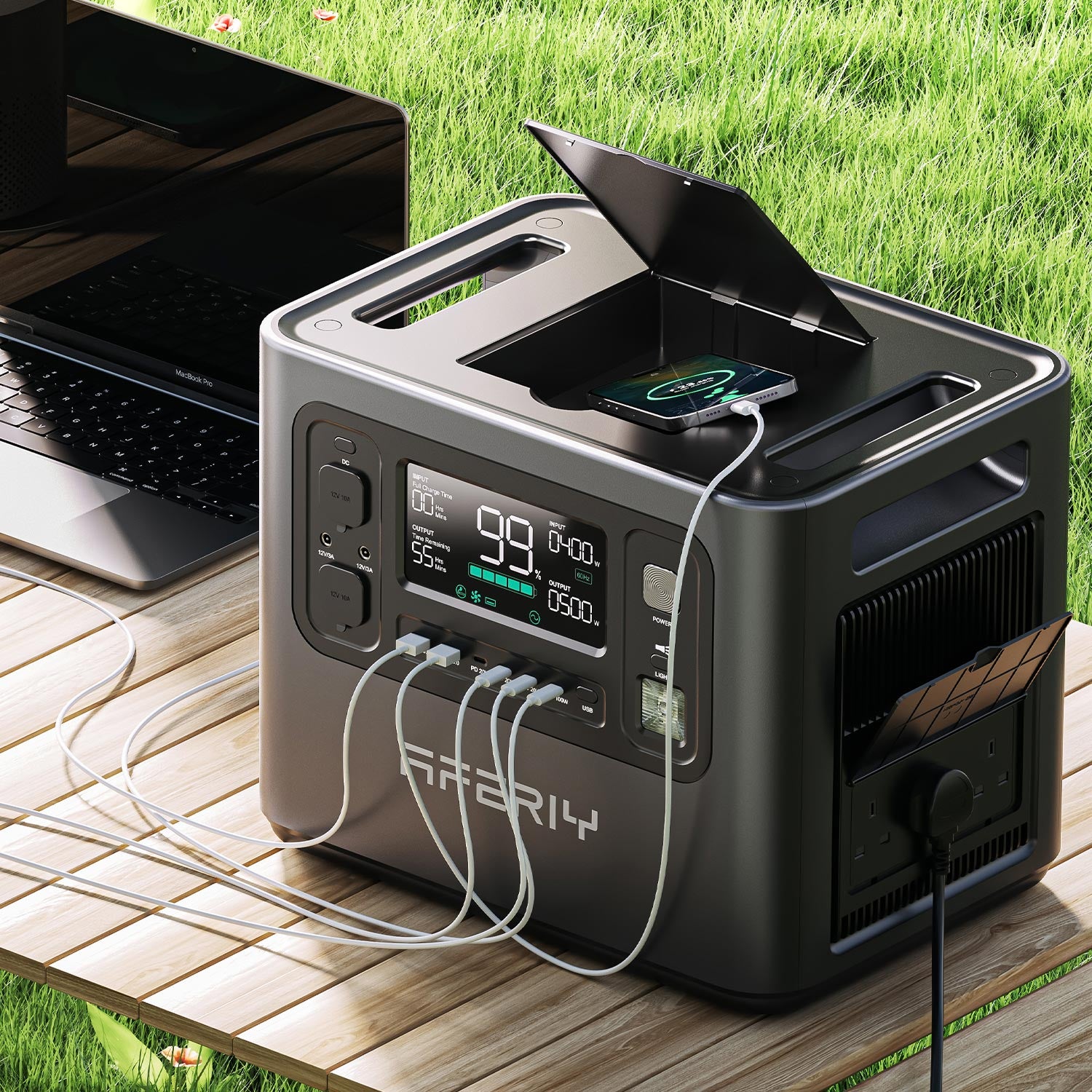
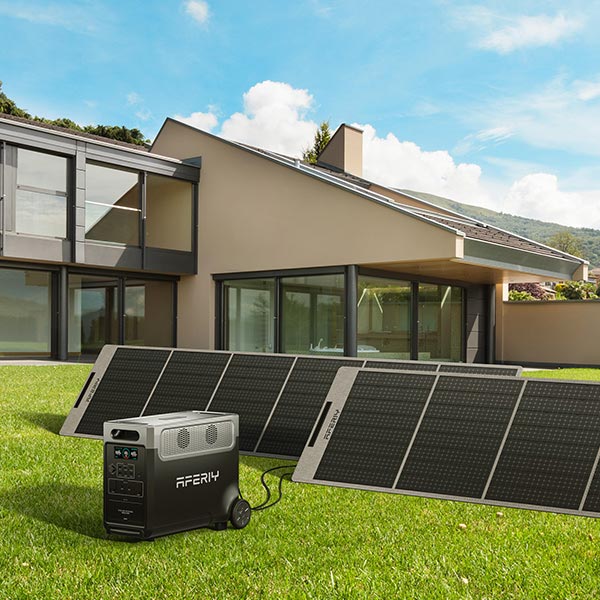
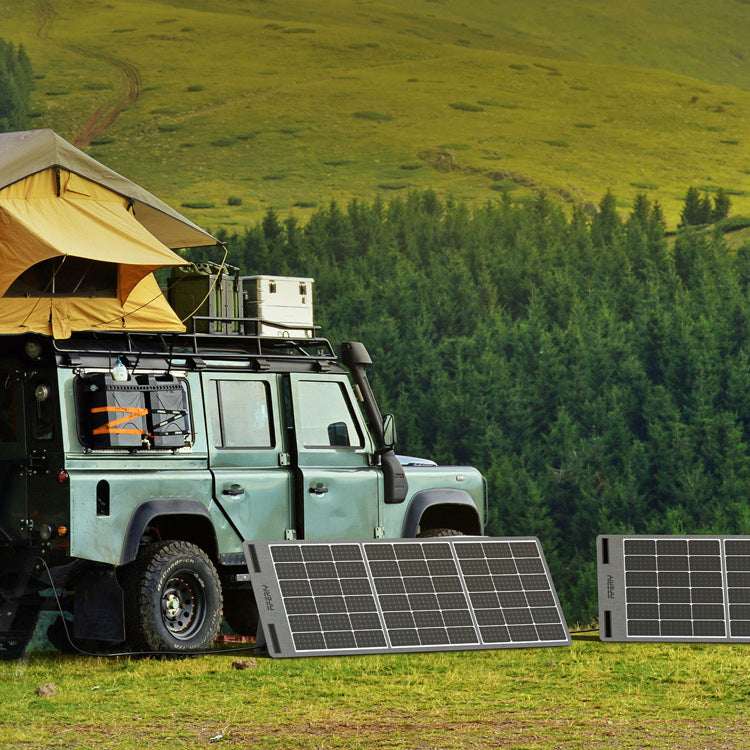
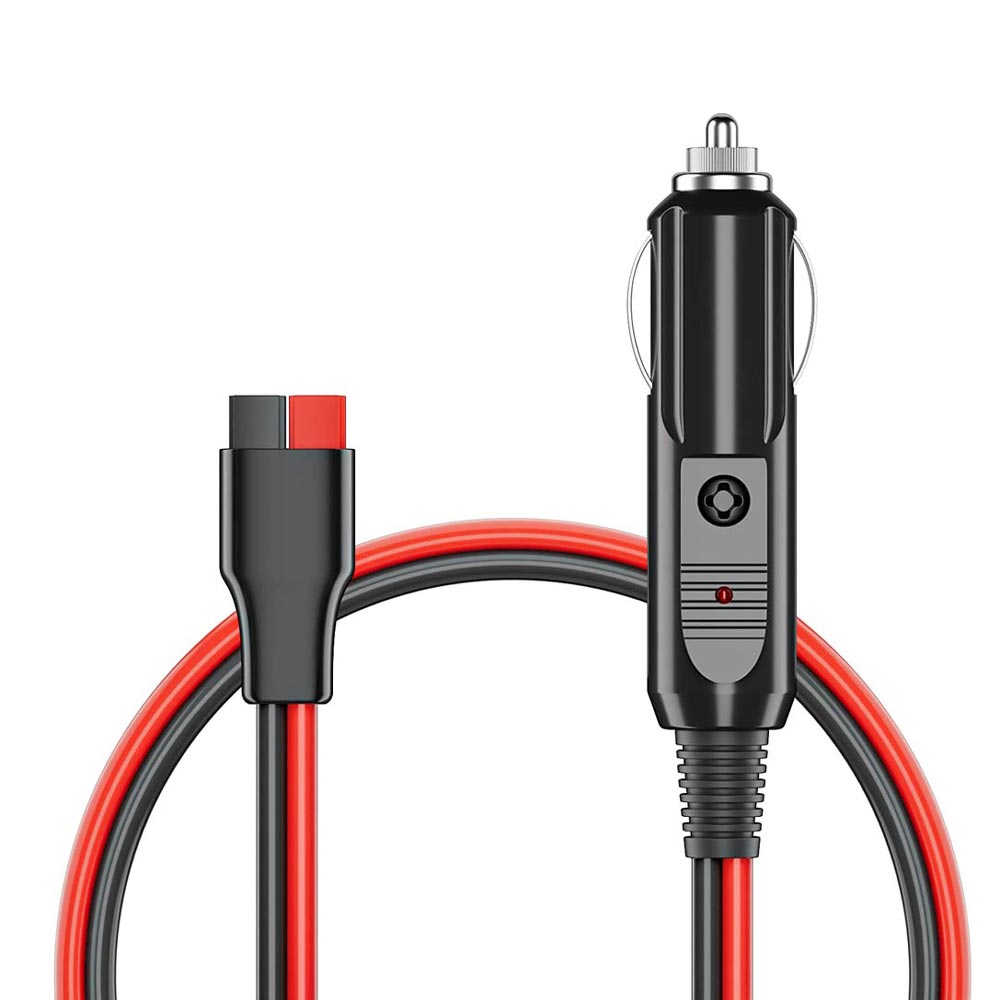

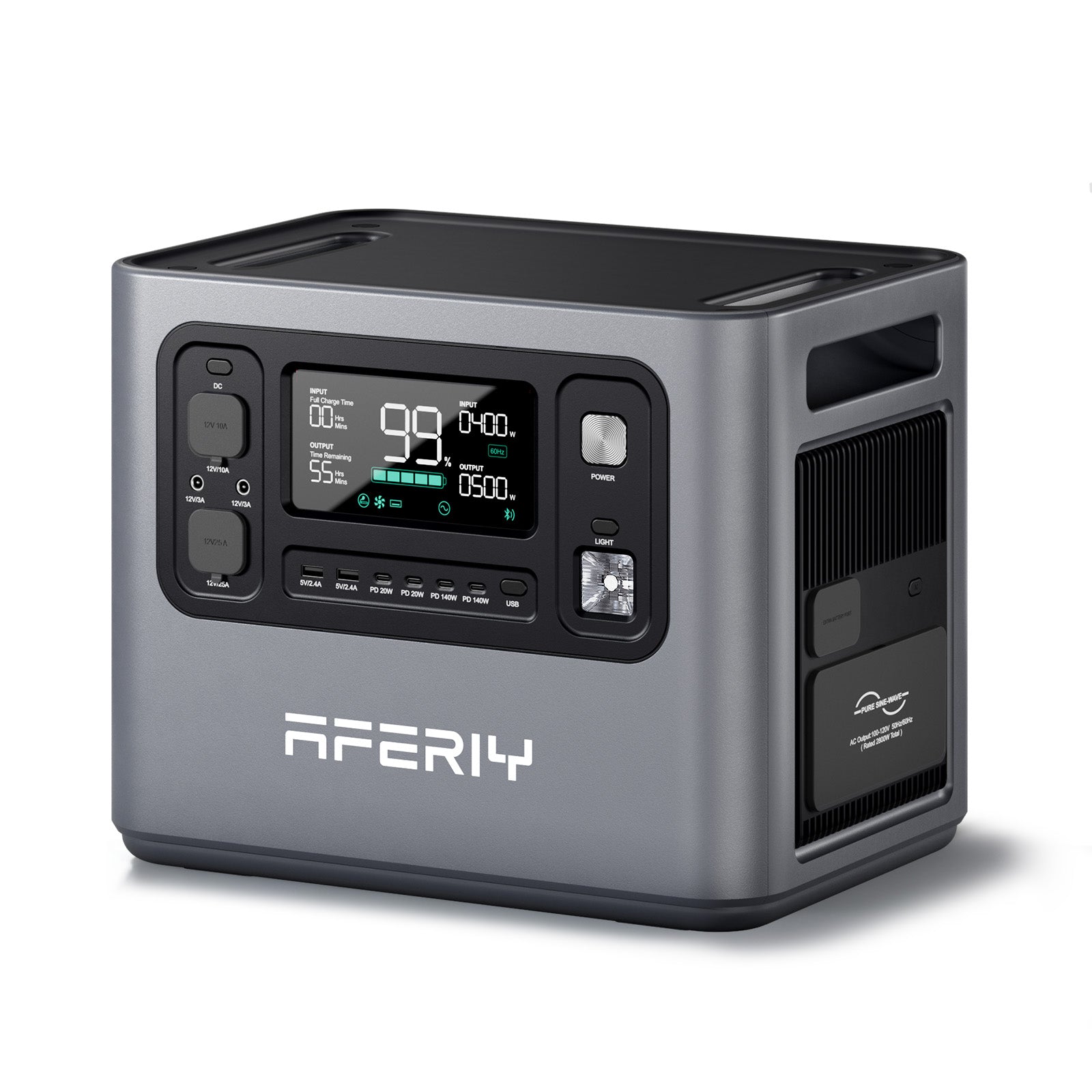

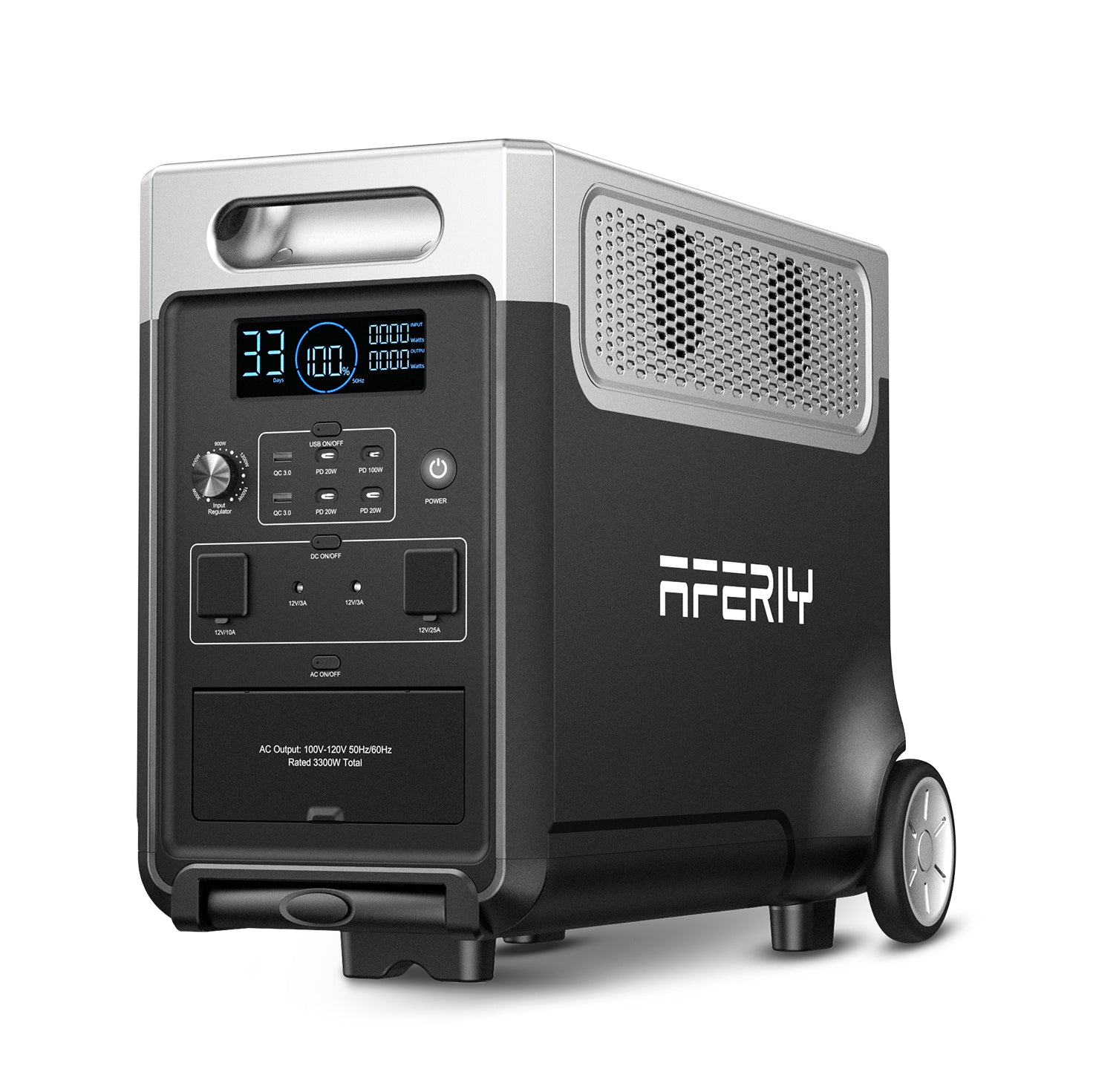
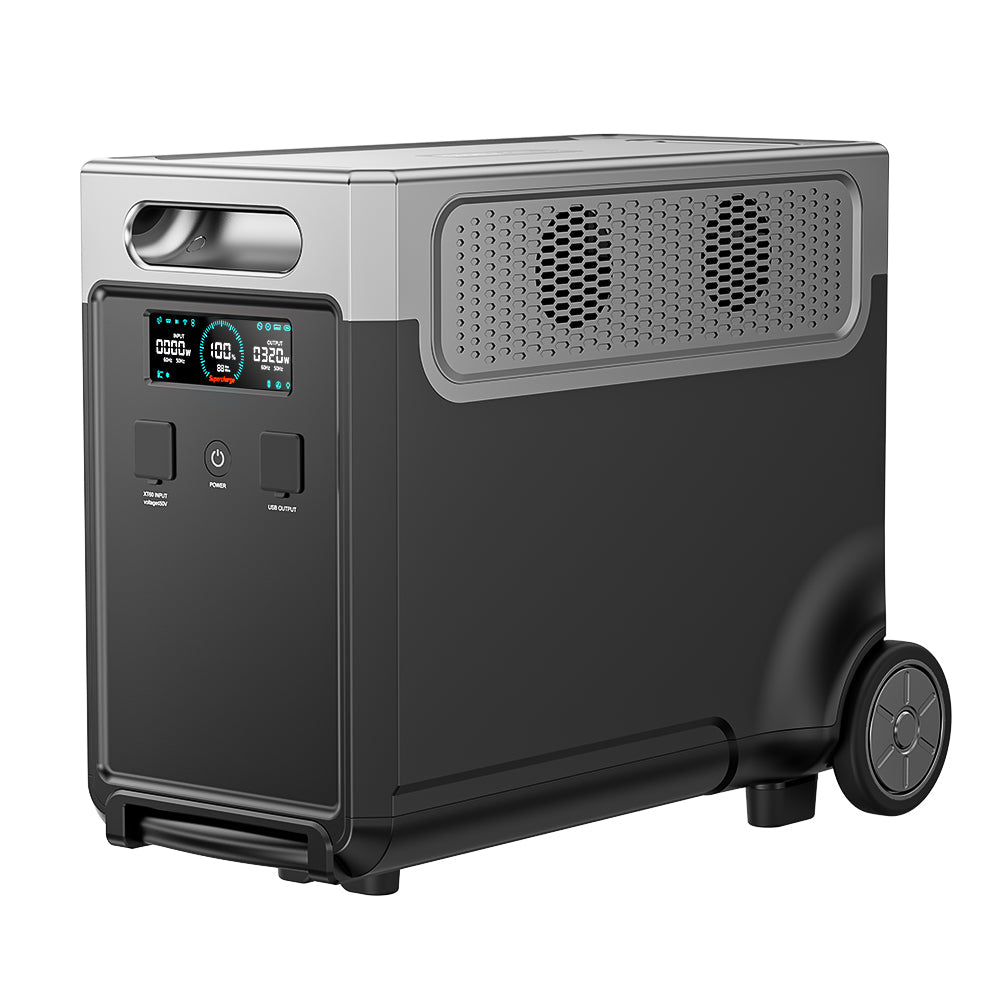
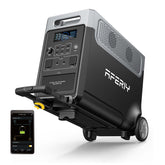
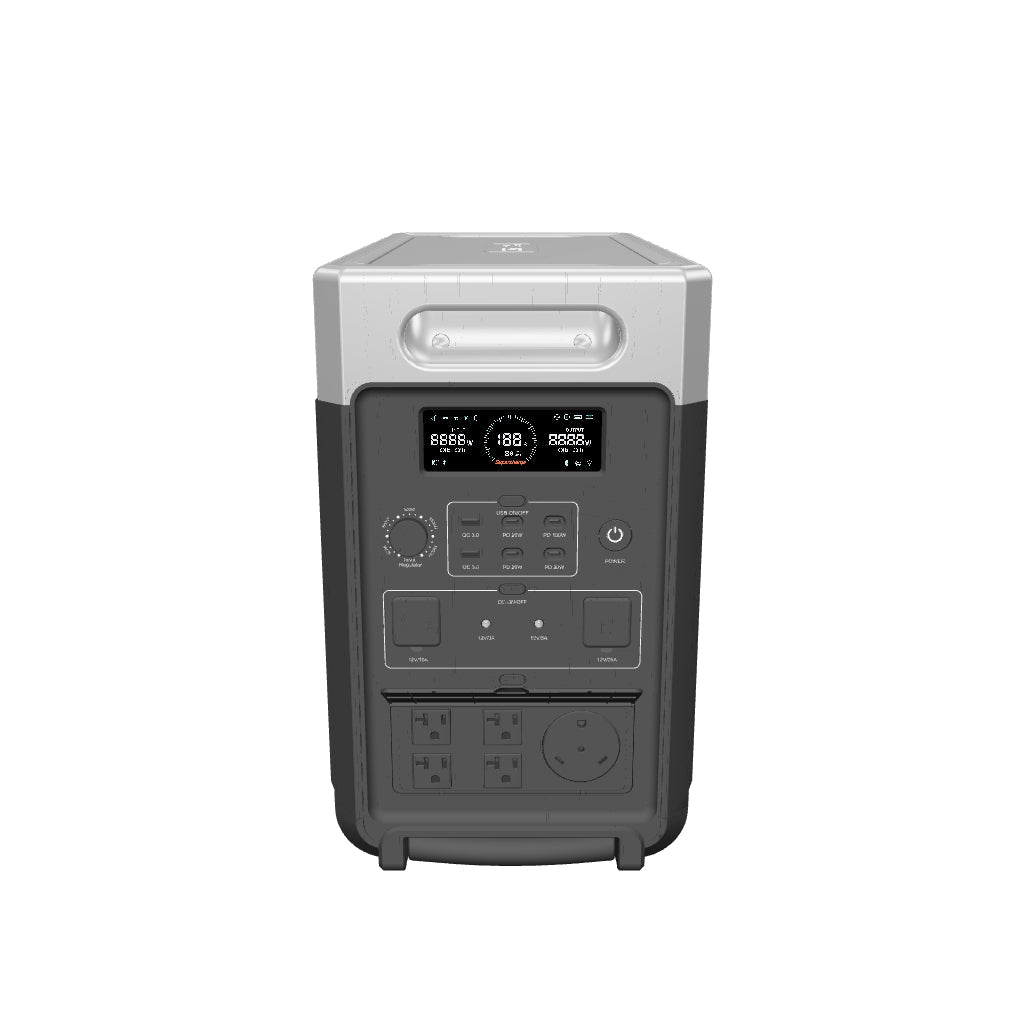
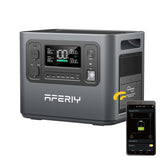
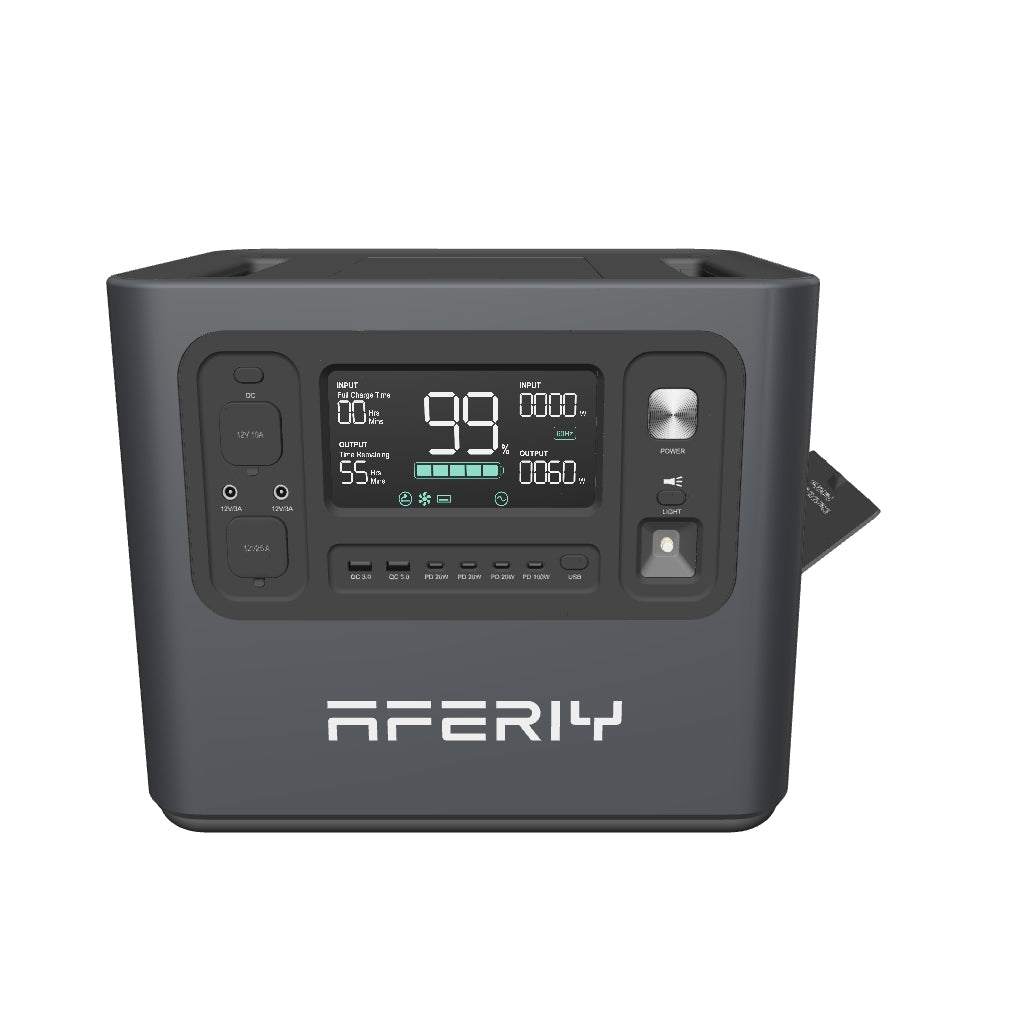
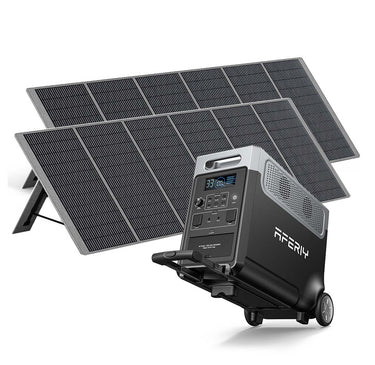
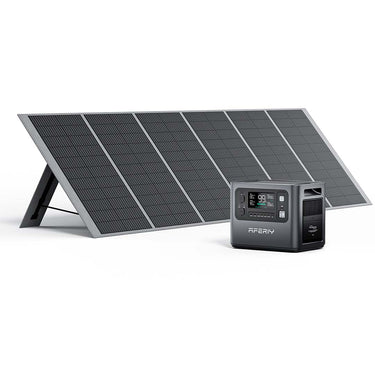
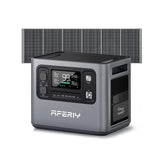

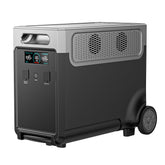

Leave a comment
Please note, comments need to be approved before they are published.